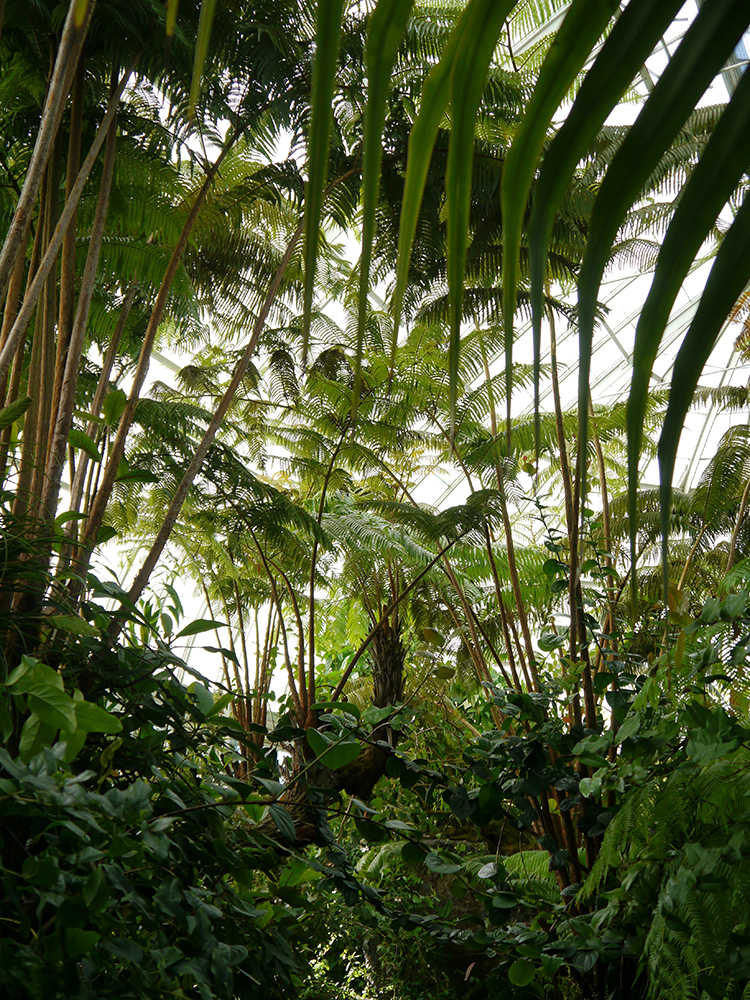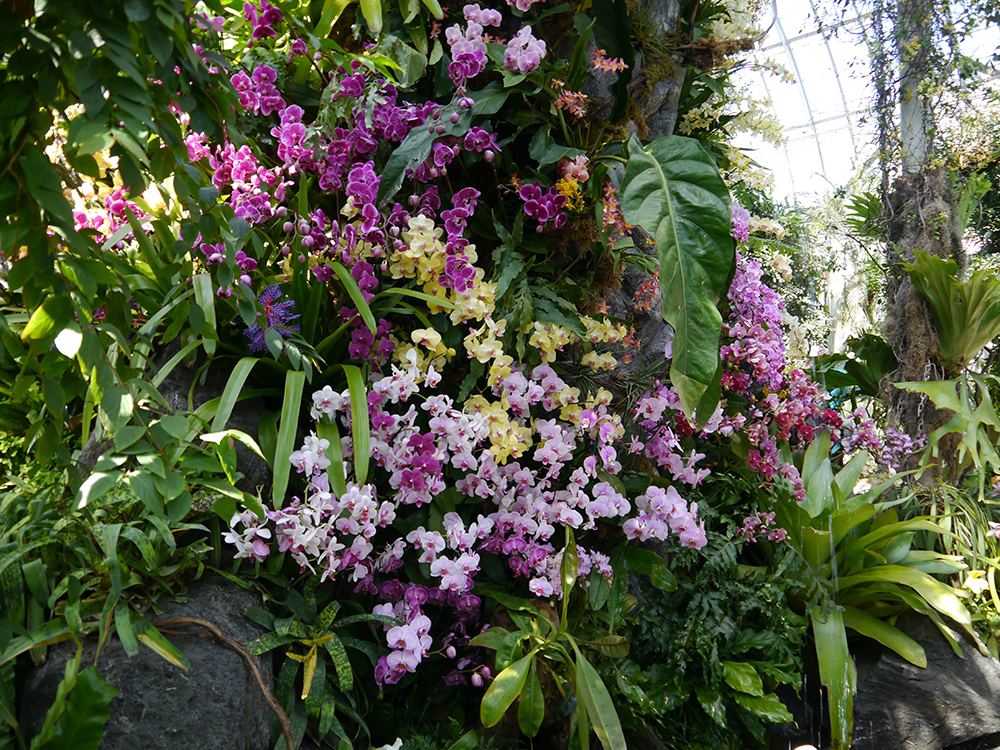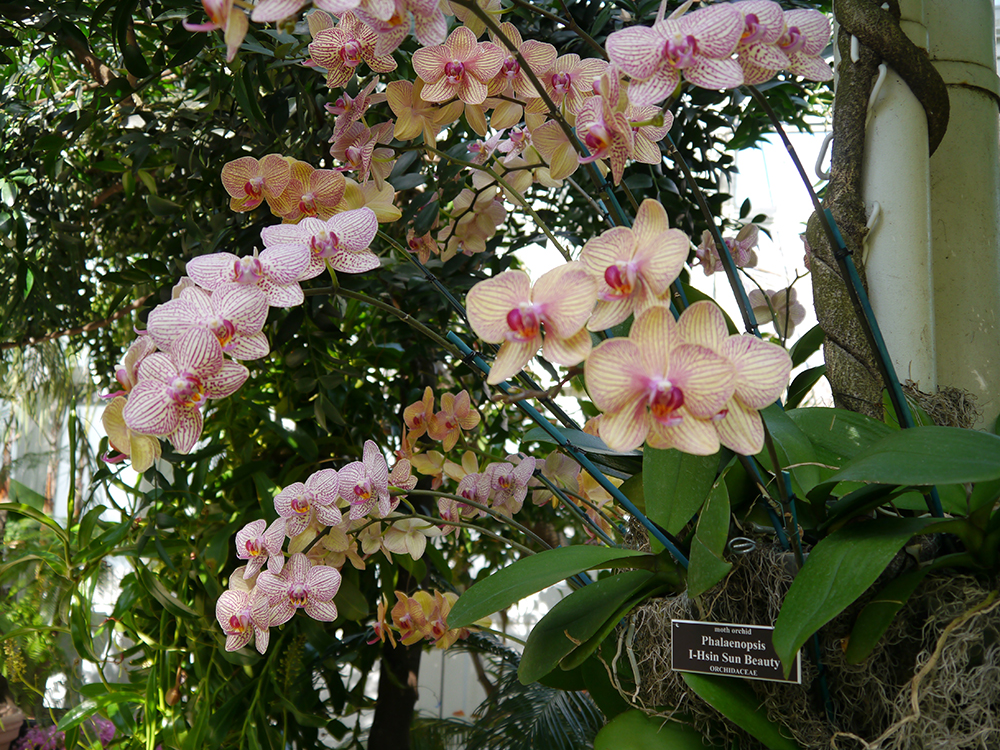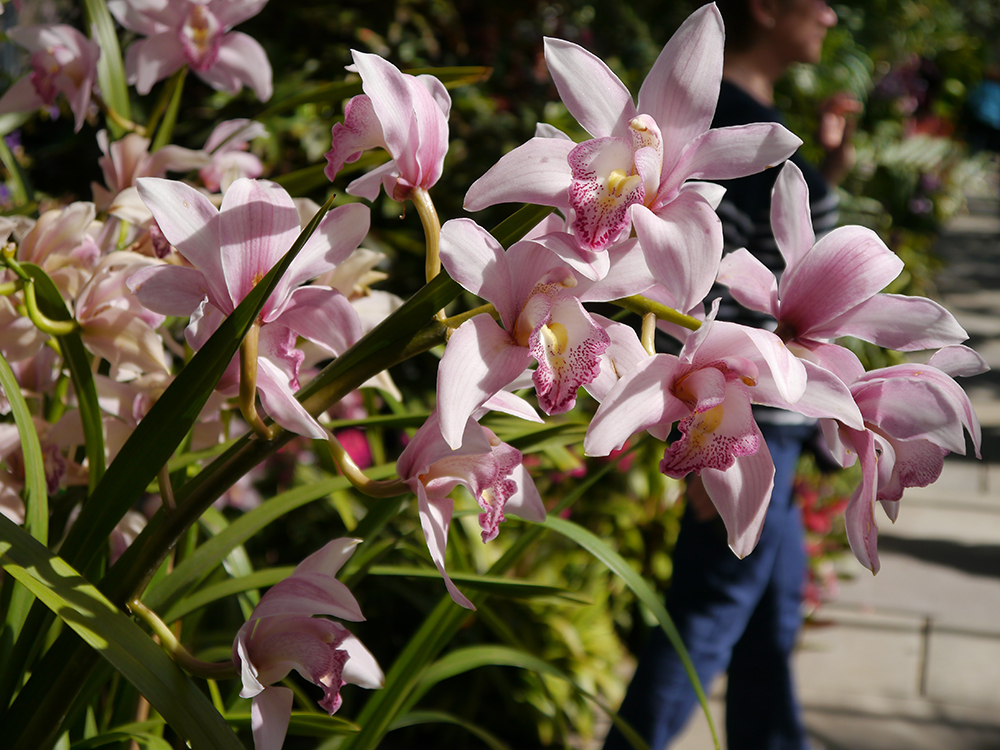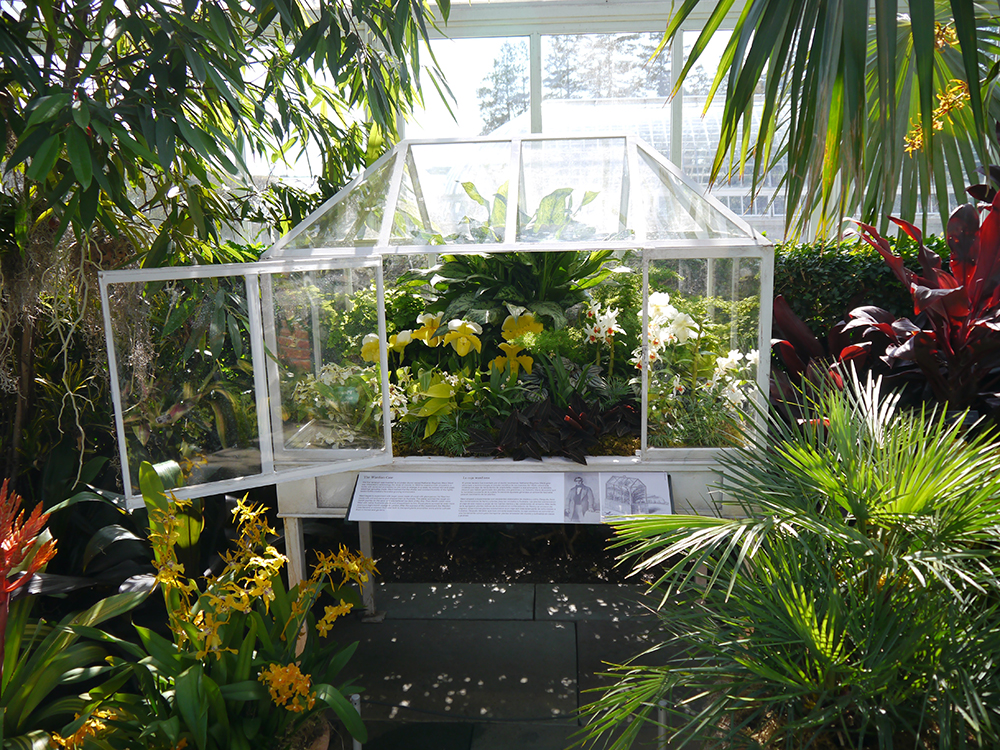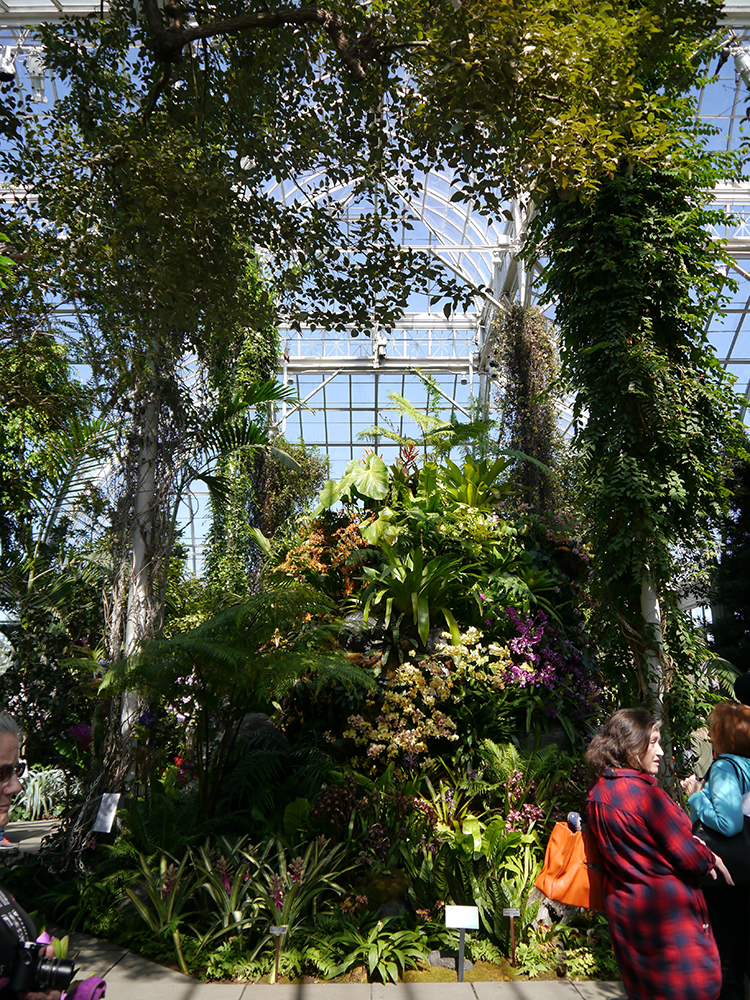Last week I made the trek up to the New York Botanical Gardens for “Orchidelirium” their annual Orchid Show, which they billed as a “journey through orchid collecting history”.
I love the greenhouses at NYBG; you get to travel through different microclimates, can climb up through the different levels of foliage in a rainforest.
After wandering through the permanent collections you finally arrive at the main event:
The show drew its inspiration from Victorian orchid mania and the fashionable exploits of nineteenth-century orchid collectors. Brief panels gave historical background on Victorian adventures in rare orchid collecting, which I loved, but I think most just came to see the flowers.
I learned about Benedikt Roezl, the Czech gardener and traveler who excelled in the pursuit of orchids. European elites were obsessed with the flowers; the expense of finding, collecting (or stealing) and then transporting delicate flowers from around the world became a popular extravagance in the nineteenth century. Roezl was at the top of his field, despite having lost an arm in a farming accident.
Orchid hunters made their living traveling to remote locations to find the widest range and the rarest of breeds, to be shipped back to Europe and sold at a profit as a luxury good. Hunters like Roezl were competitive and secretive; they would strip bare entire populations of orchids to keep flowers from getting into their competitor’s hands and often traveled alone to prevent disclosing their favorite spots. It was a dangerous way to make a living, and could be not particularly lucrative for the orchid hunter. Many specimens would die in the long journey by sea back to Europe, and a shipwreck could mean an entire shipment would be lost.
Orchid hunters generally were interested in the glamour and excitement of discovering a new exotic species, but not so interested in preserving the population or conserving their habitat. They also stole much of what they took, in the hopes of being able to sell the flowers for prices similar to gemstones, and wrecked havoc on wild orchid populations.
At home orchid-owning elites could show off their collection in their private greenhouses, as a way of bringing a little bit of the colonies back home. Orchids were an immediate visual symbol of the exotic.
Eventually patient gardeners back in Europe learned how to propagate the flowers and grow them in greenhouses in Europe, enabling them to be sold at a more reasonable price point and saving the remaining wild populations of the flowers from further devastation. Today, there are many rare orchids, but only a small number are actually endangered in the wild. Greenhouses like at the NYBG are used for conservation efforts.
I also got to see a Wardian case, the nineteenth century contraption that helped transport flowers from remote locations, a kind of terrarium which made this kind of plant displacement possible. I was pretty excited about that.
The show closed on the 17th, but you can learn more about Roezl and orchid hunting here.


